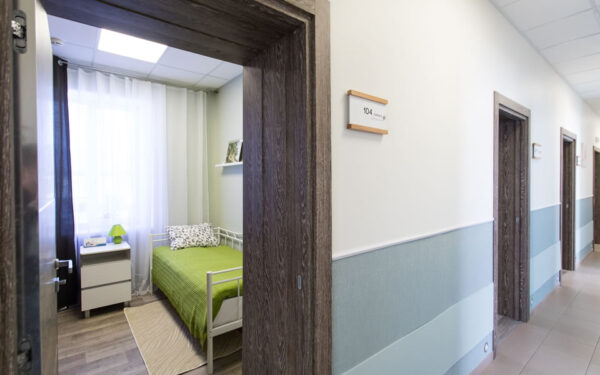ICD-10 in Practice: Case Studies in Using the New Coding System

With ICD 10 arriving soon , many questions exist on proper use – here are a few good answers.
Q: An 18-year-old female patient is seen for an ankle sprain. What ICD-10-CM diagnosis code(s) are assigned?
A: When we look in the ICD-10-CM code book, we find that injuries are grouped by the body part instead of categories of injury as in ICD-9-CM. When we look for ankle sprain (in the index under sprain, ankle), we are directed to Chapter 19 Injury, Poisoning and Certain Other Consequences of External Causes (S00-T88). The specific ICD-10-CM category we find is:
S93.4-Sprain of ankle.
This block instructs us to use a fifth, sixth and seventh digit:
S93.401-Sprain of unspecified ligament of right ankle.
S93.402-Sprain of unspecified ligament of the left ankle.
S93.409-Sprain of unspecified ligament of unspecified ankle.
A seventh digit is also required to identify the patient encounter:
A-Initial
D-Subsequent
S-Late Effect (Sequela)
Unfortunately, the documentation doesn’t contain any other information about the injury (i.e., how it happened, which ankle, etc.) Even though it’s tempting to use an unspecified code when the physician’s documentation does not give the specifics that are needed for a more specific code, I would caution against this.
In our scenario, ICD-10-CM code S93.409 could be used, but you may regret using it down the line. First of all, some payers have stated that they are not going to reimburse claims with unspecified ICD-10-CM codes. Also, government and third-party payers are going to assign severity and risk scores based on the diagnosis codes billed, and these scores will help you justify higher level codes and better reimbursement.
For coders, I suggest a written query to the physician requesting the following additional information:
– Which ankle, right or left?
– Is this the initial, subsequent or sequel encounter?
– How did this injury happen?
– Where did this injury happen?
Once the physician responds, you can then choose the correct specific code.
For instance, the physician may indicate that this is the initial encounter for this problem, and the patient sprained her right ankle when she slipped on ice on the driveway while going to the mailbox.
Based on this information, we now can choose that the appropriate ICD-10-CM code of S93.401A
Q: A 3-year-old boy was seen in the office today with acute ear pain. The exam finds right acute serous otitis media. What ICD-10-CM Diagnosis code is assigned?
A: The process of finding an ICD-10-CM code is the same as finding an ICD-9-CM code, which means you always start in the Index of your code book, in this instance under Otitis (acute).
The next term you find is “media (hemorrhagic) (Staphylococcal) (streptococcal).” Next, you find “acute, subacute,” and look for the term “serous.”
The index then refers to “see Otitis, media, nonsuppurative, acute, serous.” Further down in the same column you will find: “nonsuppurative,” which is still under the “Otitis, media” subsection.
Next, look for “acute or subacute,” and “serous” beneath that. This refers you to ICD-10-CM code H65.0-. As you can see, the code requires a fifth digit, which specifies laterality and other conditions, such as recurrence. To find the choices for the additional digit, you need to look in the ICD-10-CM Tabular List under H65.0 (Acute serous otitis media).
The fifth digit symbol next to the code is another way to tell that a fifth digit is required. The final question is whether the condition is recurrent, which will impact the final digit. Since the patient’s acute serous otitis media is in the right ear and is not recurrent, the ICD-10-CM code is H65.01.
The answers to readers’ questions were provided by Renee Stantz, a billing and coding consultant with VEI Consulting Services in Indianapolis, Indiana. Send your practice management questions to [email protected]
Source: Medical Economics








